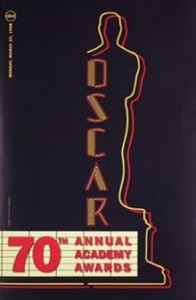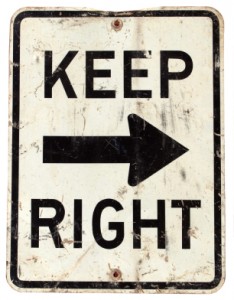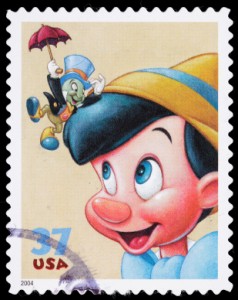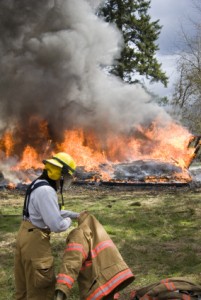We live seriously: election hostility, the unemployed, fear of being unemployed, burn-out, the market, hurricanes, global HIV/AIDS, the national  debt and the Middle East. Few giggles.
debt and the Middle East. Few giggles.
The Great Depression produced uplifting movies about prosperity, kindness and dance. Like many immigrant kids, I practiced becoming an American in Hollywood’s feel-good escapism. As a kid, I always wished I could watch the Oscars on television. Kids in our ‘hood, didn’t. I was a film buff and was very hard to beat in the Silver Screen category of Trivial Pursuits.
I had a light-hearted moment when I was busted by security cops at the 70th Academy Awards. Lee Mendelson, producer of Peanuts, and I were writing a screenplay for China Boy. To distract me from our work, he invited me to the Oscars.
“The Oscars!” cried Diane. I found out that they have an annual lottery system for limited seats that means even stars can’t go. And I was going! It took a while to sink in, like learning that you’re going to be a father or your team, a perennial loser, has won the Super Bowl.
Academies, as West Point, have Rules. At the Awards, it was: no cameras; tux or gown; no cameras; only limos; and, no cameras. As a former Deputy DA, I, well, brought a camera. A small one. On the inward route, onlookers held up placards: Good Luck! We hope you win!
It was the year of Titanic and movie hoopla reminded me of the days of youth. The day was bright and the smog smiled. Exiting onto the red carpet, people shrieked at Lee, who looks like Garry Marshall; at his date, who looked like Jennifer Lopez; and screamed, “Jackie Chan!” at me. I nodded and smiled and warmly waved at my enthusiastic admirers.
I stared at petite Julianne Moore, lean Samuel L. Jackson and a very lean Celine Dion, who would sing the Titanic theme song in that season when Leonardo was a demi-god, and I collided with a building. The building wore Oakleys and said, “Non-nominees and non-winners to the left.” It was a security guard who could play tackle and guard for the Rams. Simultaneously.
“What if I were Jackie Chan?” I asked. We were now on thinner carpet; I was relegated to steerage where people spoke Italian and Chinese and had no life jackets, while First Class passengers were feted at a champagne reception, no doubt with lifeboats and a silver tea service on the side. Yet, most of those present were stars; I was surprised that they weren’t taller. Faye Dunaway was next to me, tall, stunning, evanescent in a gown of seven veils that danced without apparent movement. I stopped; she stepped on my foot. Grasping my biceps and squeezing a little, the woman who was Vicki Anderson, Milady de Winter and Bonnie Parker said, “I’m so sorry!” I quickly said, “I’m not.” With the speed of a paparazzi, I readied my camera. Miss Dunaway smiled dazzlingly.
The Secret Service looks for guns. Oscar’s security scans for cameras. “No photography!” cried The Building. “Give, sir!” Busted. I surrendered the camera and my identity. Miss Dunaway pursed lips and canted her head in a gentle gesture of sympathy.
“Miss Dunaway, please,” said The Building, who lifted the velvet rope for First Class. She released my arm and joined the other Oscar winners.
Too small and agile for bulky guards, Robin Williams danced up and down the line, asking with exaggerated care, “How are you?” In a few hours, he would win an Oscar for Good Will Hunting. “How are YOU?” I asked of him. “No, no!” he protested. “I ask the questions here, wise guy!”
On this Monday night in March, 84 million would watch what we saw in person. Billy Crystal made us laugh like lunatics; Jack Nicholson made cynicism look good; the stars emitted light, like so many lasers. A disembodied Big-Brother-voice kept herding us back to our seats after every commercial TV break. “It’s your show, folks,” it intoned. “Don’t embarrass yourselves! PLEASE SIDDOWN!” A tired Walter Matthau rested what had to be size 26 clown dress shoes. Robert DeNiro looked finely human. The female stars looked inhumanely beautiful.
Big Brother then introduced 70 past Oscar winners. A sign of age: I knew all of them and could name most of their winning films. I saw Charlton Heston, and silently thanked him for giving hope; Gregory Peck for inspiring courage; Sean Connery for encouraging a taste for sports cars; Cher for the immortal line I use in my seminars: “Snap out of it!” Hollywood can sprout the sorriest values while making the best films, and these 70 actors took our breath away.
Lee Mendelson and I clapped and cheered and wiped a tear. This was a slice of America far from the chronic challenges of life. The Oscars remind me to celebrate not being so serious.
This was a light moment. What memories do you have that give pause to stress?









